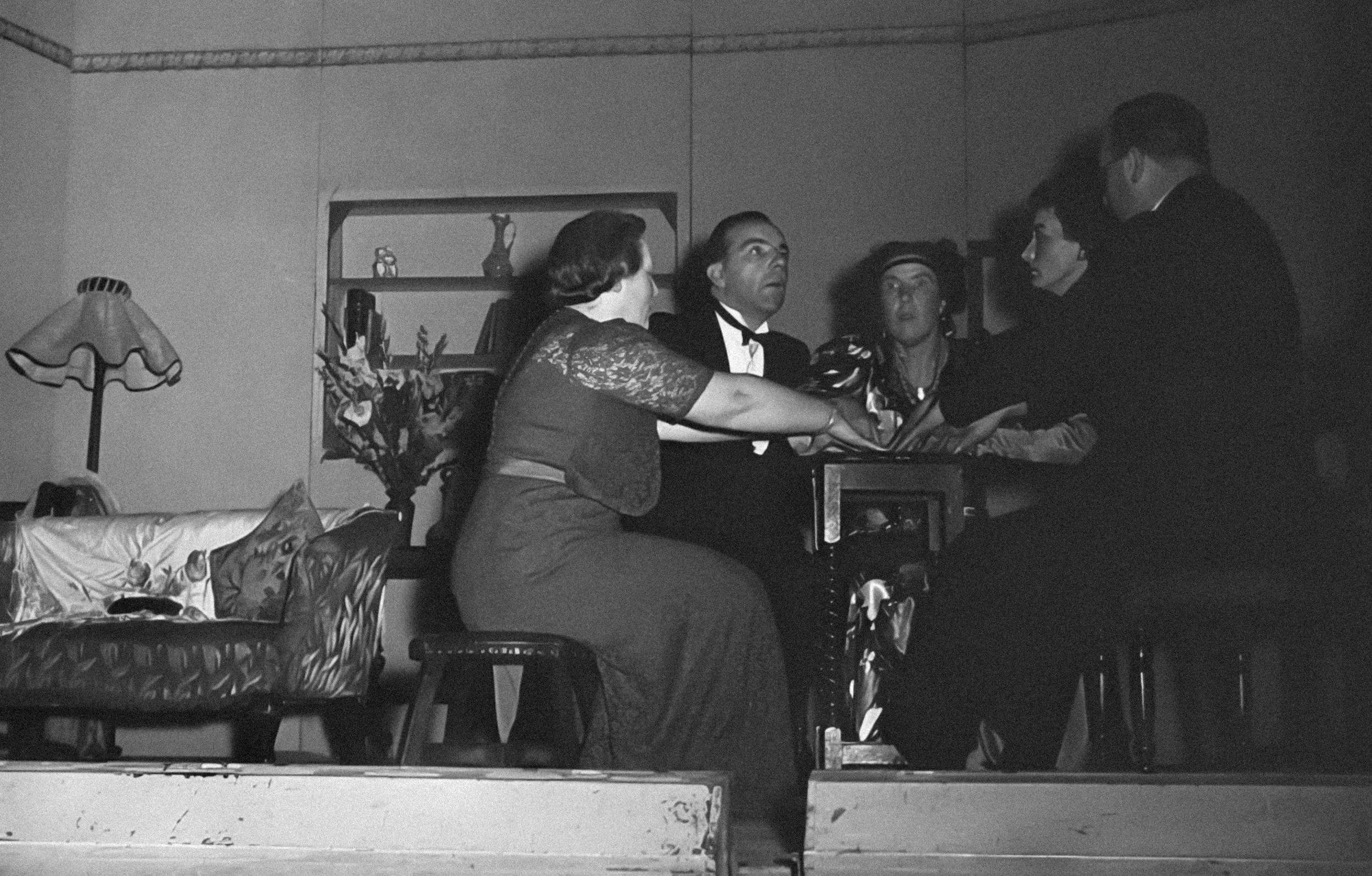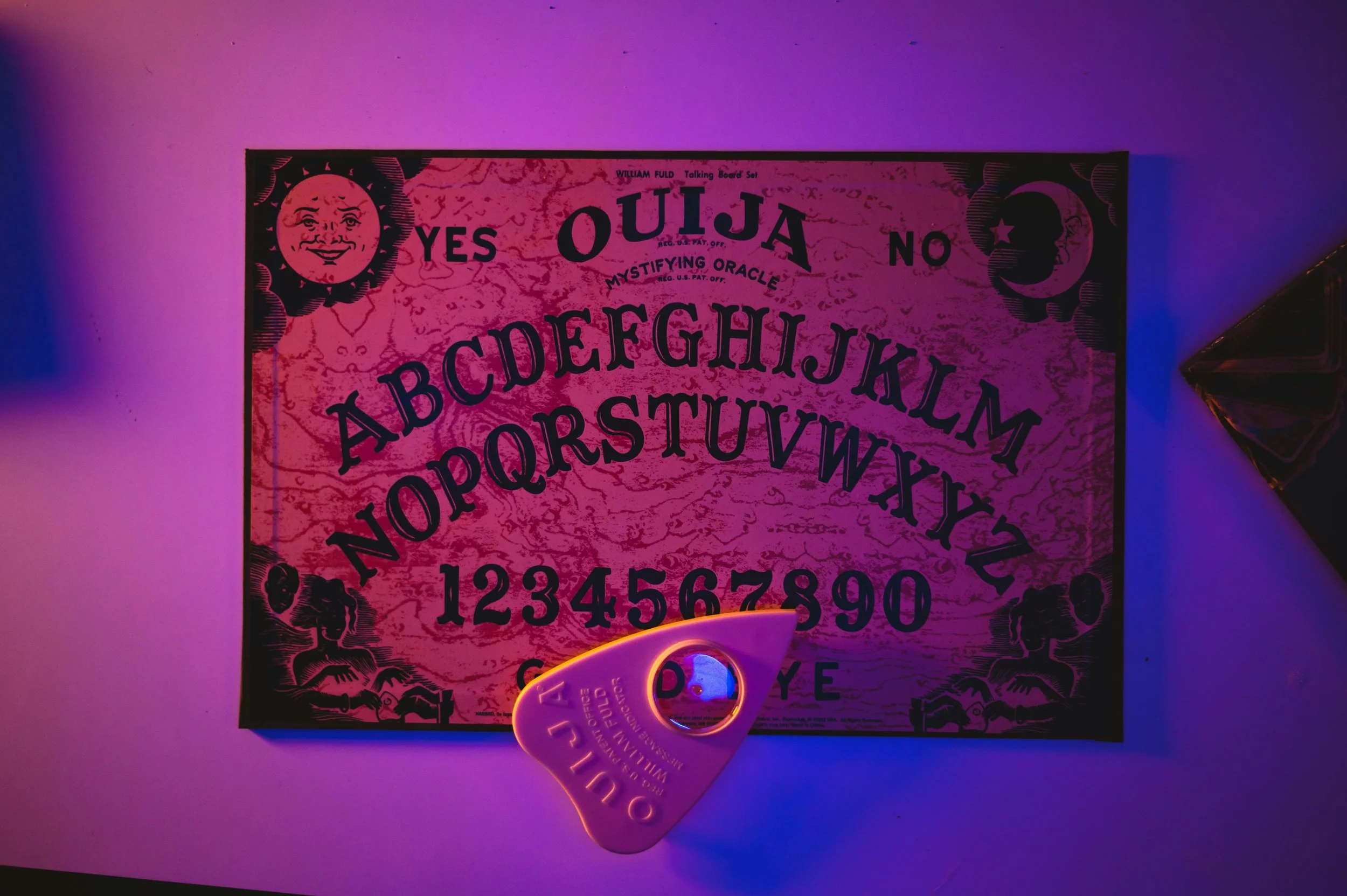Communing with the dead: the séances of Victorian Britain
The Victorian infatuation with death extended longer than the mourning period.
It was after Prince Albert’s death that the concept of a “Seance” came into popularity. Queen Victoria, so heartbroken, is said to have participated in them in an attempt to contact her departed love.
Mediums are said to be the vessel of communication between the living and the dead. So atrocious hygiene practises, blood curdling medical malpractice and high child mortality rates made grief was a common part of Victorian life which made the appeal to communicate with the dead stronger.
Victorians were obsessed with the supernatural. A seance was seen as a mysterious and trendy party trick. With the death of Eliza in Wax Fruit, you can imagine that members of the Moorhouse family might have been tempted to a seance to contact her spirit. Here’s a few of the old-fashioned methods for a seance;
One method is table tipping, participants gathered around a three-legged pedestal table and gently placed their fingertips upon it with the intention of connecting with the departed. The table is then supposed to shake ever so slightly or tilt indicating a spirit has responded.
Photo by Colton Sturgeon on Unsplash
Spirit boards, or Ouija board are still a popular sleepover trick, the word Ouija was picked by the board itself, the first commercialised board was invented in 1890 by businessmen Elijiah Bond and Charles Kennard. They’re easy to make and use, which makes them popular with 13-year-old girls, participants all place three fingers on a planchette and the spirit they're contacting spells out using an alphabet as well as a few simple words (yes and no) what they’d like to communicate back to the living.
Automatic writing is a less popularised method, it involves a spirit taking over a seance participant and using them to write what it would like to communicate, this method was preferred by Victorians as it was believed to allow spirits to communicate more detailed thoughts directly to the living.
Many of the spiritualists were exposed as fakes who used various methods to fool their customers.


